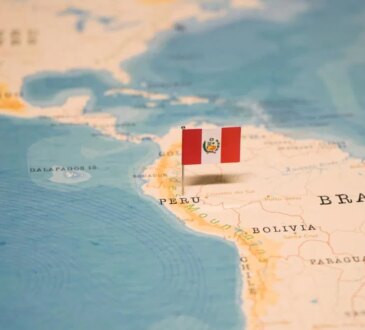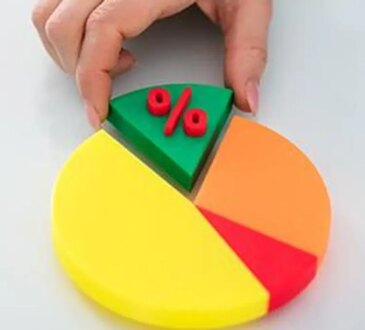The European Union is thinking about moving about €200 billion ($229 billion) worth of frozen Russian money into a new fund that would take more financial risks but could earn more money. The extra earnings would go to help Ukraine as it continues to fight against Russia.
The Russian money was frozen by the EU in 2022 after Russia invaded Ukraine. Right now, the money is sitting safely in Belgium, earning only small profits.
JOIN US ON TELEGRAM
Follow our coverage of the war on the @Kyivpost_official.
According to Politico, which cited four officials familiar with the talks, EU leaders now want to make more use of it without actually taking the money away from Russia, which could cause legal and political problems.
Instead of spending the full amount, the EU would only use the interest – the money earned from investing – while keeping the original amount untouched. This way, they hope to avoid accusations of breaking international law.
The idea comes as Ukraine’s funding is running low, and US President Donald Trump has threatened to stop American support. European countries are also struggling with tight budgets and are unsure how to keep funding Ukraine long-term.
EU finance ministers will discuss the plan at a dinner in Luxembourg on Thursday. Some countries, like Poland, are also pushing for more military help to be sent to Ukraine.
To make this happen, EU officials are looking at setting up a special EU-controlled fund where the Russian money could be invested more freely. The hope is that this would bring in more cash to support Ukraine.

Other Topics of Interest
Kalashnikov Arms Producer Turns to Schoolkids to Keep Russia’s War Machine Running
Russia’s Kalashnikov arms producer is recruiting schoolchildren for summer jobs in weapons factories as part of wider efforts to militarize youth and undermine Ukrainian sovereignty, Kyiv says.
But there are concerns. Some EU members, like Hungary, have threatened to block the sanctions that keep the Russian money frozen. That could result in the money being returned to Russia. So the EU is also trying to find ways to keep the money frozen even without Hungary’s agreement.
Some people are worried the new plan could backfire. If the riskier investments don’t work out, taxpayers in EU countries might have to cover the losses. But supporters say it’s important to find new ways to support Ukraine, especially as the war drags on and peace talks are going nowhere.




